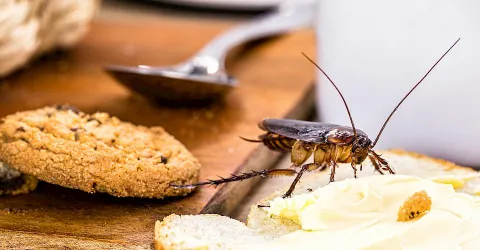The Pervasive Pest: Understanding the Confused Flour Beetle (Tribolium confusum)
The Pervasive Pest: Understanding the Confused Flour Beetle (Tribolium confusum)
The world of food storage pests includes many culprits, but one of the most notorious among them is the Tribolium confusum, commonly referred to as the confused flour beetle. This article delves deep into understanding this pest, its behavior, and its impact on food storage.
1. Identification and Characteristics
The confused flour beetle is a small, reddish-brown insect, roughly 3-4mm in length. Unlike its close relative, the red flour beetle, Tribolium confusum cannot fly. Their wing covers, or elytra, have fine ridges that aid in identification.
2. Preferred Habitat
These beetles thrive in stored grain products. They’re often found in flour mills, warehouses, and even household pantries, where they infest flour, cereals, and other grain-based products.
3. Life Cycle and Reproduction
A single female confused flour beetle can lay hundreds of eggs in her lifetime, depositing them directly into food sources. Within a week, these eggs hatch into larvae, which then feed and grow until they pupate and transform into adults.
4. Economic Impact
Tribolium confusum poses significant threats to the food industry. They not only consume and contaminate food products but also introduce mold due to the moisture they produce. Infestations can lead to financial losses, product recalls, and damage to business reputations.
5. Management and Prevention
The key to managing a confused flour beetle infestation lies in prevention. Regular inspections, maintaining low moisture levels, sealing stored food in airtight containers, and practicing good sanitation can significantly reduce the risks of infestation. If an infestation is detected, prompt removal and disposal of contaminated products, combined with professional pest control measures, can effectively combat these pests. Antitec performs preventive pest control for food industry. Find out more in our website:
Conclusion
While Tribolium confusum might seem like a tiny, inconspicuous insect, its impact on the food industry is profound. Recognizing the signs of an infestation early and taking preventive measures is crucial to safeguard food quality and prevent economic losses.
Back to latest newsNewest


Cockroaches in Restaurants in Finland: How to Protect and Combat


